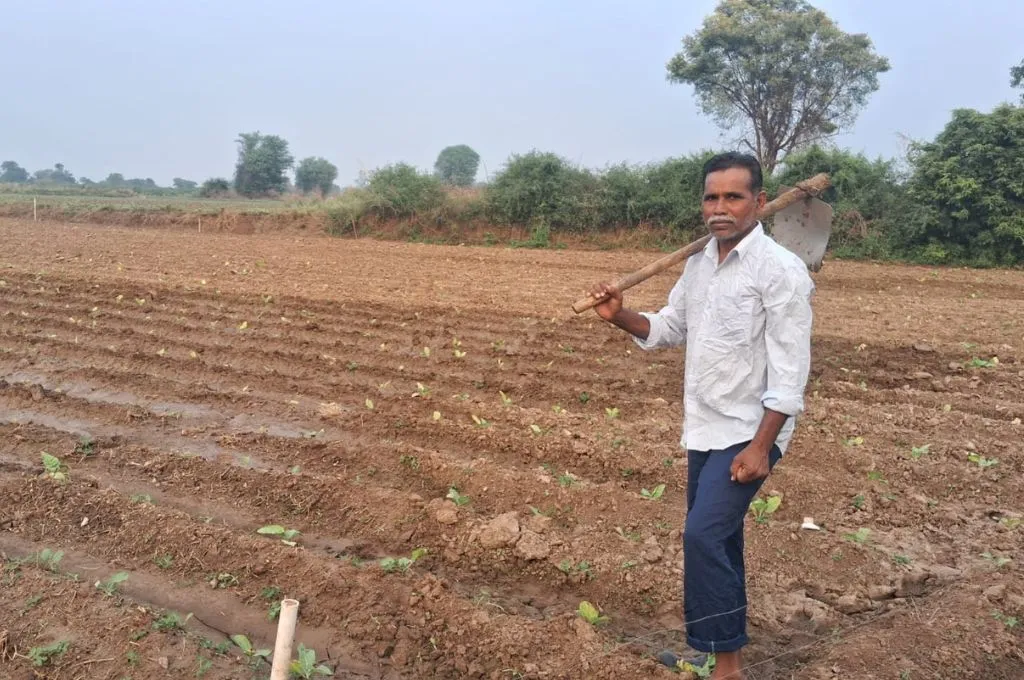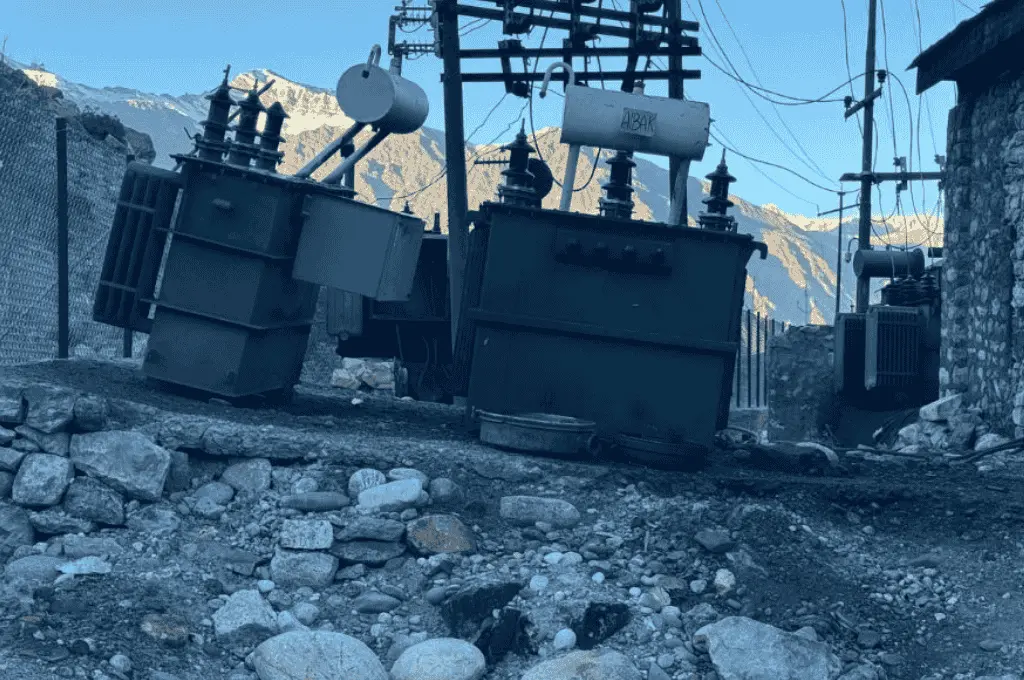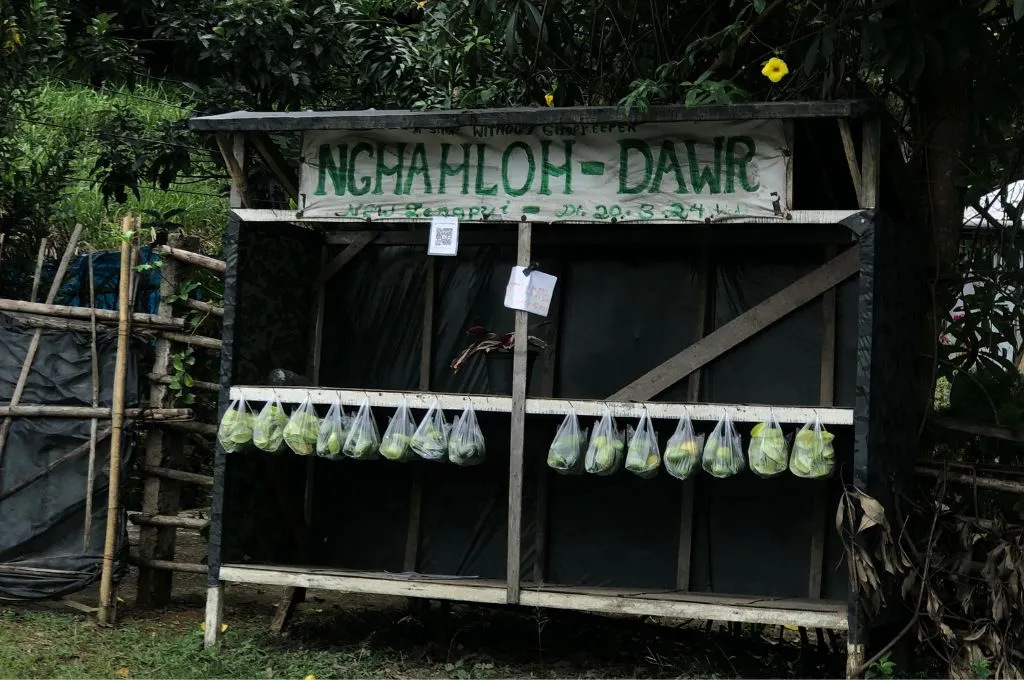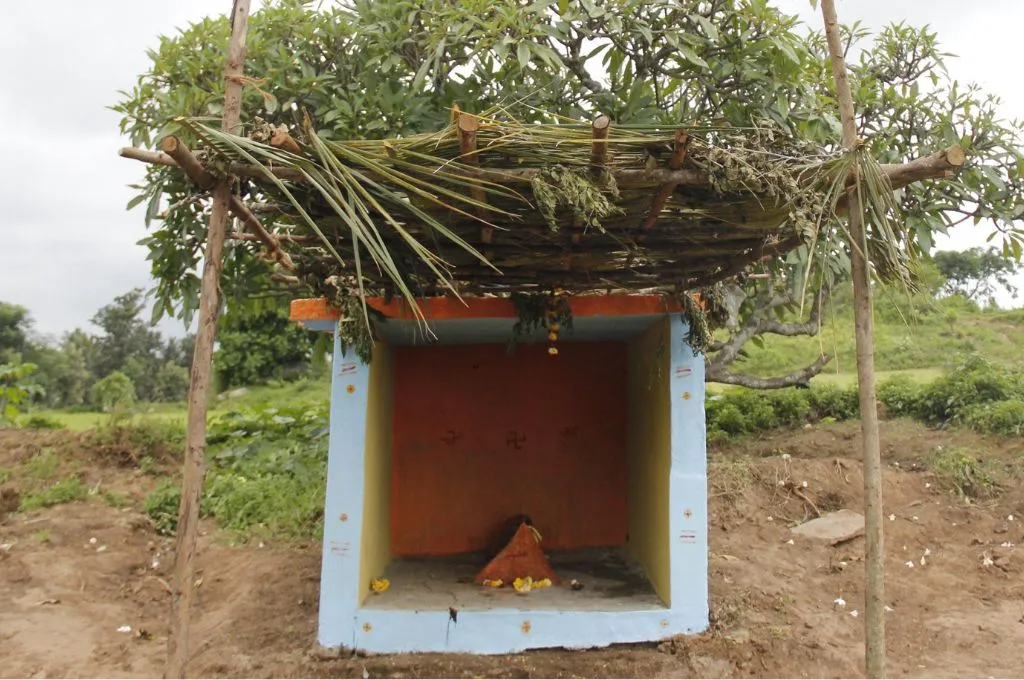READ THIS ARTICLE IN
In Uttar Pradesh, the Musahar community can neither sow nor reap
We are residents of the Musahar basti in Doghra village, Kushinagar district, Uttar Pradesh. Our community’s livelihoods have traditionally depended on manual labour in the fields. Earlier, we used to get work as agricultural labourers for the transplanting, sowing, weeding, and harvesting of crops. While we were paid meagre wages for this work, we were able to gather leftover grains from the fields and bring them back—this is how we would sustain our households.
However, the conditions are changing now. The introduction of machines in agriculture has replaced people in the fields. Combine harvesters are used for harvesting, and pesticides are sprayed to eliminate weeds.
Tasks that once required multiple people are now being performed by one machine. This is not limited to agriculture—other wage labour in the village, including carrying soil, bricks, and stones, is now done using Gypsy jeeps.
This crisis has affected women in rural areas the most, as they played a major role in the planting of seeds and harvesting of crops in the fields. Now, securing even two meals a day has become increasingly difficult as machines have essentially seized women’s livelihoods.
We do not own land. In these circumstances, if the machines do all the work, then what lies in our future? How do we feed our children, provide them an education, and fulfil our household needs? Now that most of the daily wage work in the village is being done by machines, many people like us face a threat to our livelihoods in the absence of alternatives.
Chinta Devi and Ramawati Devi are agricultural labourers.
Durga and Rambriksh Giri contributed to this article.
—
Know more: Learn why the Baiga community is being pushed towards agricultural labour in Chhattisgarh.



